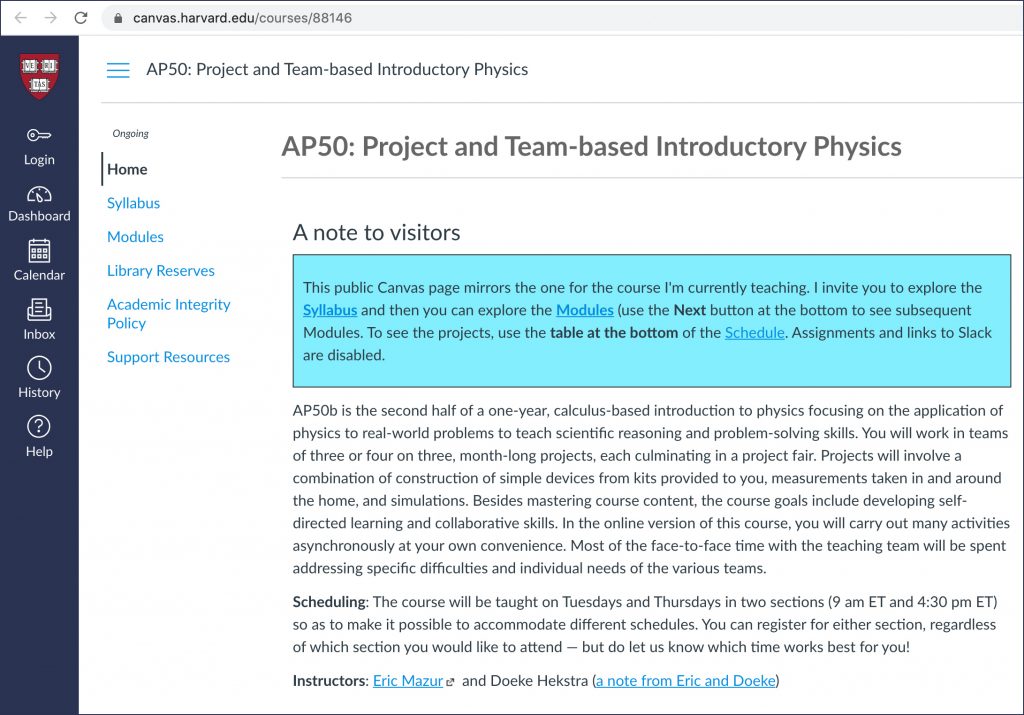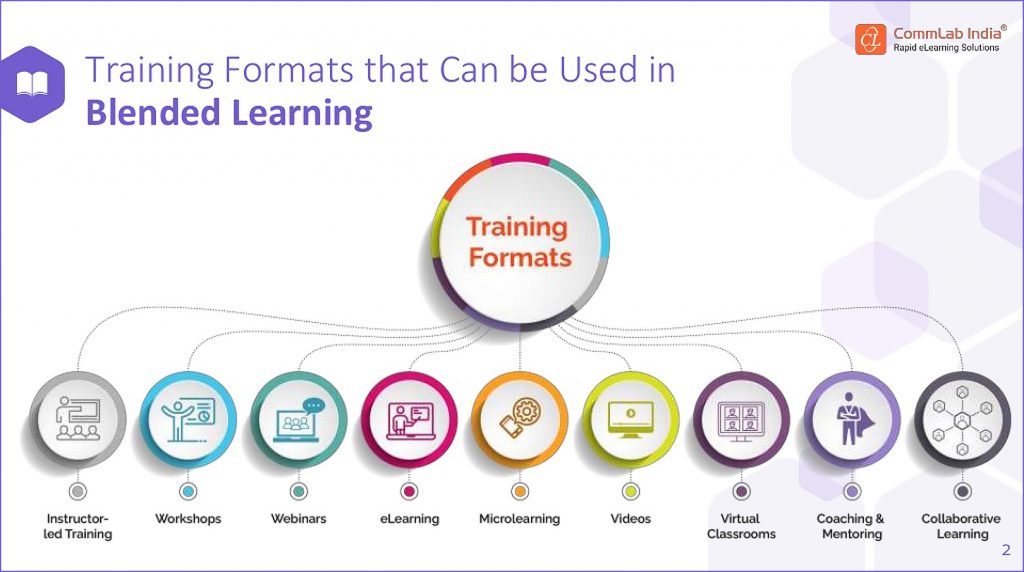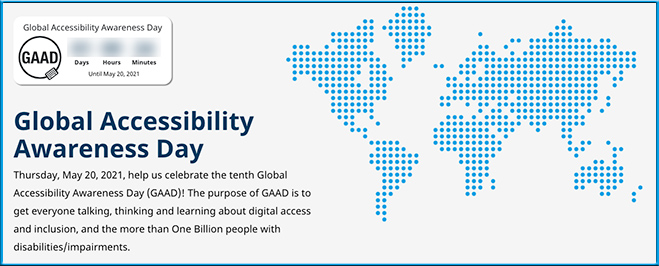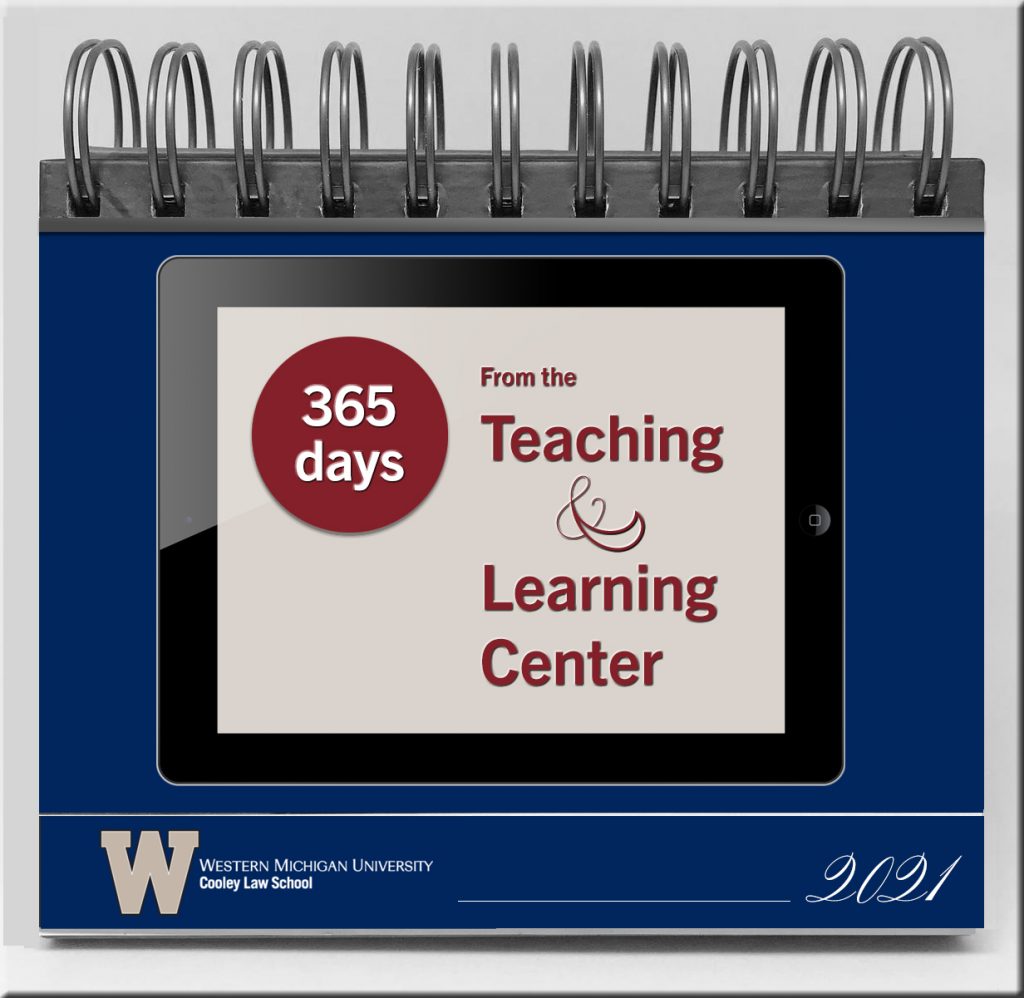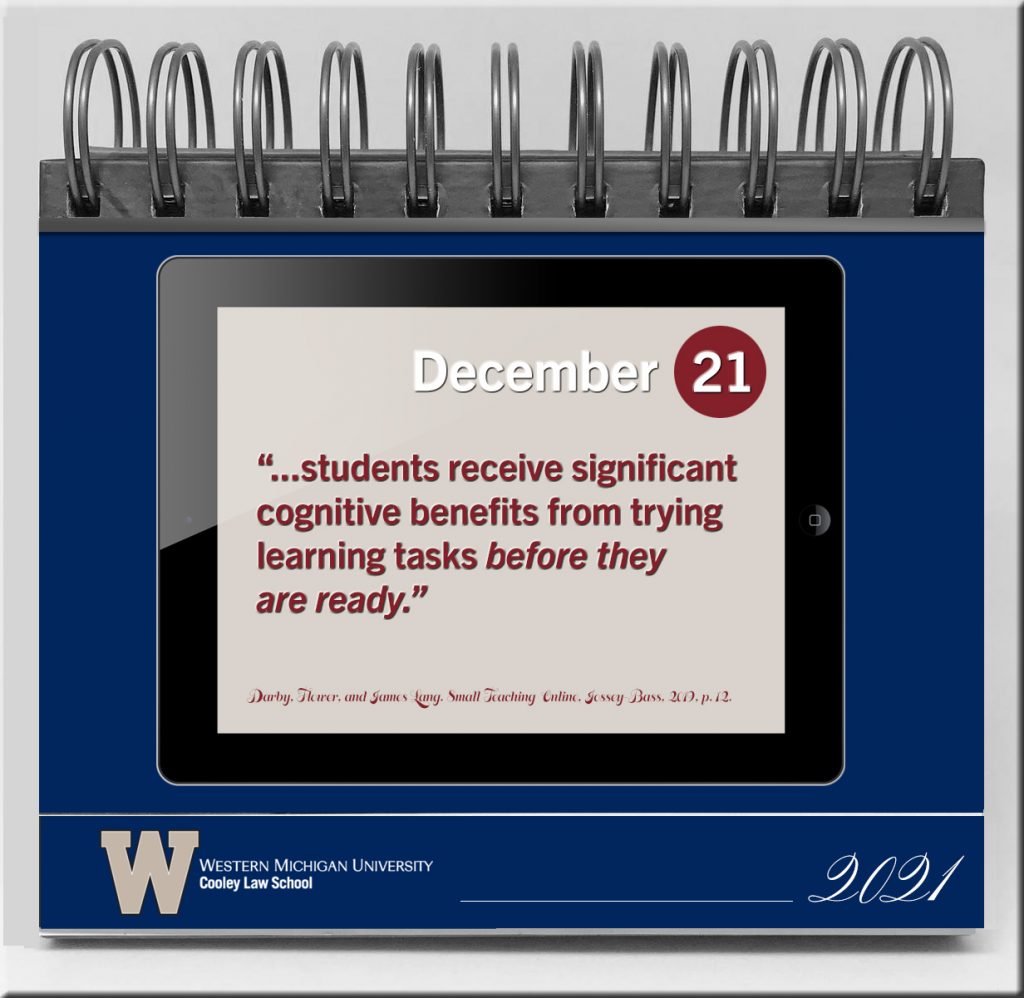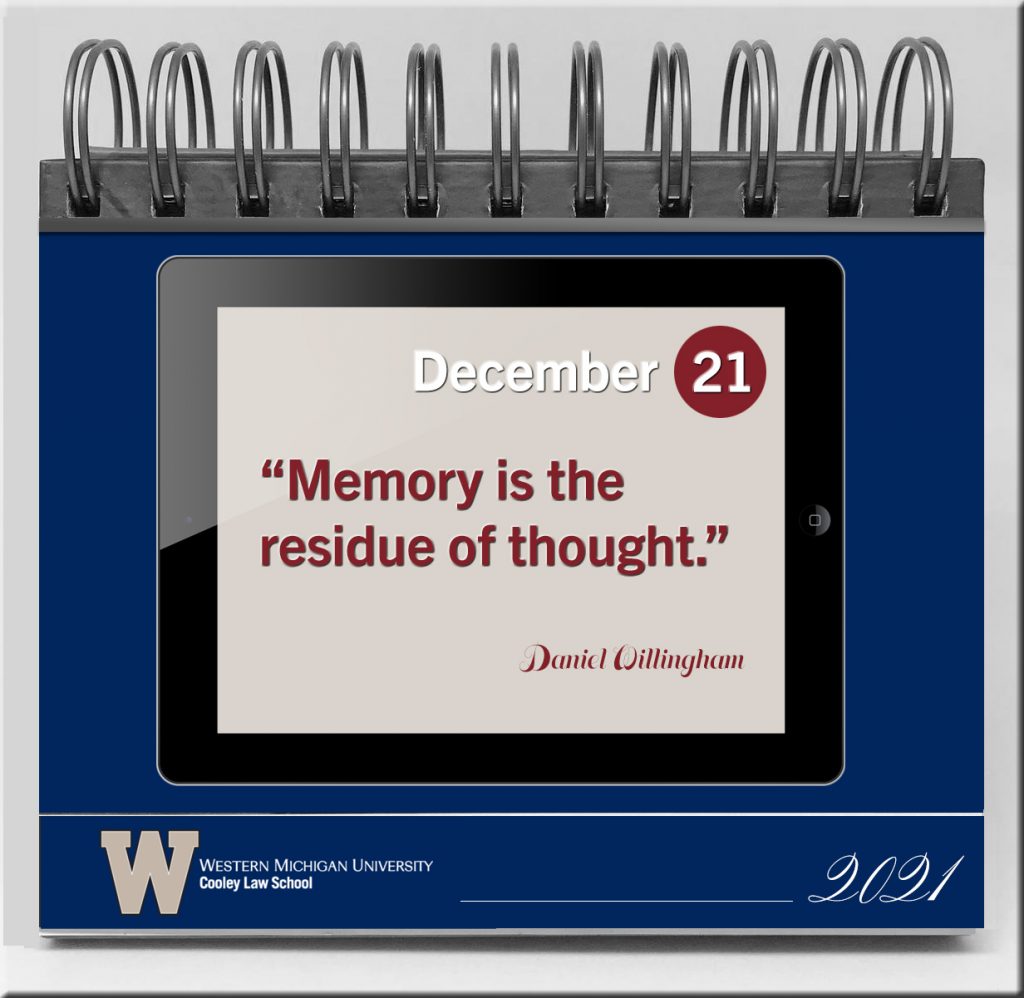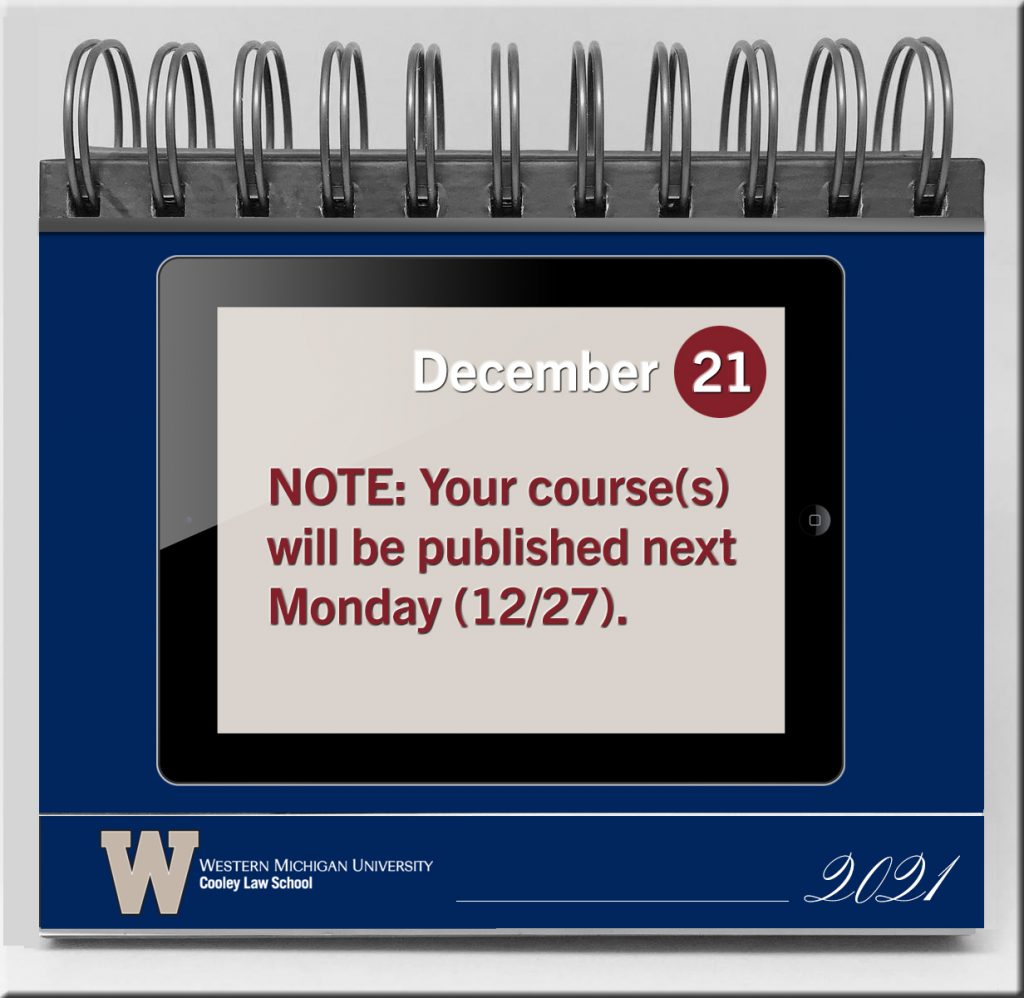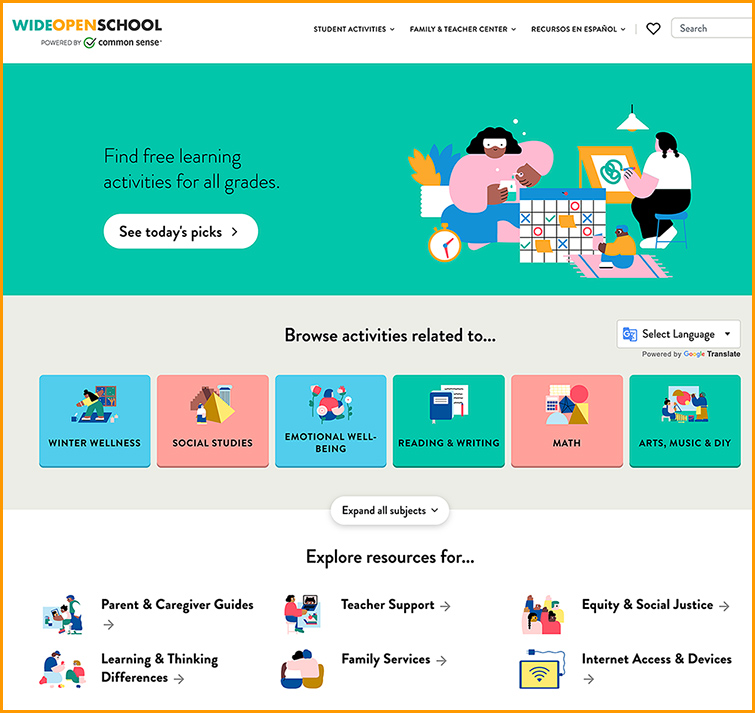Teaching: Why an Active-Learning Evangelist Is Sold on Online Teaching — from chronicle.com by Beth McMurtrie
Excerpts:
Now, says Mazur, the results are in and he’s convinced: online teaching is better. Not in all circumstances, to be sure. But in his applied-physics courses, students showed larger learning gains and felt more supported than students had in in-person classes. In fact, they appear to have learned so much more effectively in this new format that he wonders if it’s “almost unethical,” to return to the classroom this fall.
“I have never been able to offer a course of the quality that I’m offering now,” he says. “I am convinced that there is no way I could do anything close to what I’m doing in person. Online teaching is better than in person.”
One benefit of this setup, says Mazur, is that students go at their own pace. He has thought a lot about how classroom-based work, even when it is student-led, is hostage to the clock and the instructor. Not every group works at the same pace, yet everyone has to wait until others are ready, or rush ahead when they fall behind. When groups set their own pace, it gives them the space to work through problems or get help as needed. The value of self-paced learning is also evident outside of class, says Mazur, who built more asynchronous work into his online course.
“I have never seen students work this hard for my course,” he says. “Never. And so consistently.”
Also see:
But he’s so convinced of how valuable this model is that he asked Harvard to allow him to keep teaching online this fall.
Also relevant/see:
- Online Learning Increases College Access for Underserved Native American Students — from edtechmagazine.com by Adam Stone
The California Indian Nations College saw a 22 percent increase in enrollment last year. Here’s a look at how they did it. - A Simple Guide to Four Popular Online Learning Formats — from blog.commlabindia.com by Nameera Sallum
With the pandemic making in-person training a remote possibility, organizations relying on classroom training are now looking to online learning. This post discusses various aspects of four popular online learning formats – eLearning, microlearning, virtual classrooms, and social learning.









